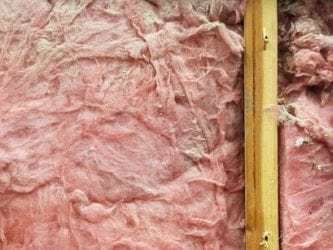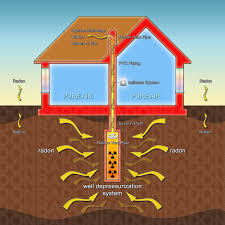5 Hidden Hazards Which May Be In Your Home

Perhaps you have just moved into a new home. Or maybe you’ve lived in your house for a while and have started to uncover certainly, shall we say, disturbing things about it. Whether you are a new or established homeowner, you may realize that your home may be harboring harmful secrets. Dangerous building materials, for example, may lurk in your home’s flooring, walls, or ceilings, especially if you live in an older house. But even newer homes are subject to hidden hazards. Here are a few things to look for…and beware!

Lead
If you live in a home painted before 1975, chances are good that there’s lead in the paint on your walls—or lurking a few coats beneath. Lead paint was banned in the late 1970s due to its toxicity. If you suspect that it’s present on your walls, you can test for it using a simple test kit that you can purchase from any hardware store or we can do it for you.
One telltale sign of leadership is when the paint cracks it makes a snakeskin-like pattern. Lead removal should be handled by a trained professional. We at Korth & Shannahan have certified lead removers and have special tools for this type of work. Common activities like sanding can cause airborne particles of lead to infiltrate your house, potentially leading to serious illness. Sanding of lead paint requires a specialized Festool sander.

Asbestos
Asbestos is an inexpensive and highly effective flame retardant that was once widely used in home construction. Found in insulation, vinyl, and linoleum floors, and roof shingles, asbestos becomes hazardous to your health when damaged materials break apart and are inhaled.

Radon
Radon is a naturally occurring gas that commonly enters houses through cracks in foundations, gaps around pipes, or wall joints. It’s present in all homes to some degree, but at high levels, it acts as a dangerous carcinogen. Because the gas is colorless, odorless, and tasteless, you’ll need a radon test kit to detect its presence. If your house is afflicted, mitigation can be as easy as adding ventilation or sealing cracks in the foundation.

VOC
Installing new carpeting? Repainting your walls? Buying new furniture? It’s likely that your upgrades will come complete with volatile organic compounds—or VOCs. As these chemicals break down, they release gas into the air that can cause headaches, sore throats, and more. Minimize the effects of off-gassing by ventilating a newly furnished room for at least a week after installation and always buying no- or low-VOC products when possible. We can recommend and use many paints which are environmentally friendly and very low VOC.

Mold
If your bathroom or basement has a musty odor, chances are you have a mold problem. Mold can grow inside ductwork, behind walls and ceilings, and under floors—anywhere excessive moisture builds up. Although mold can typically be detected by smell, you also can check by shining a bright light on any suspect areas or using a black light. Fortunately, this home irritant can be easily removed with commercial cleansers.
